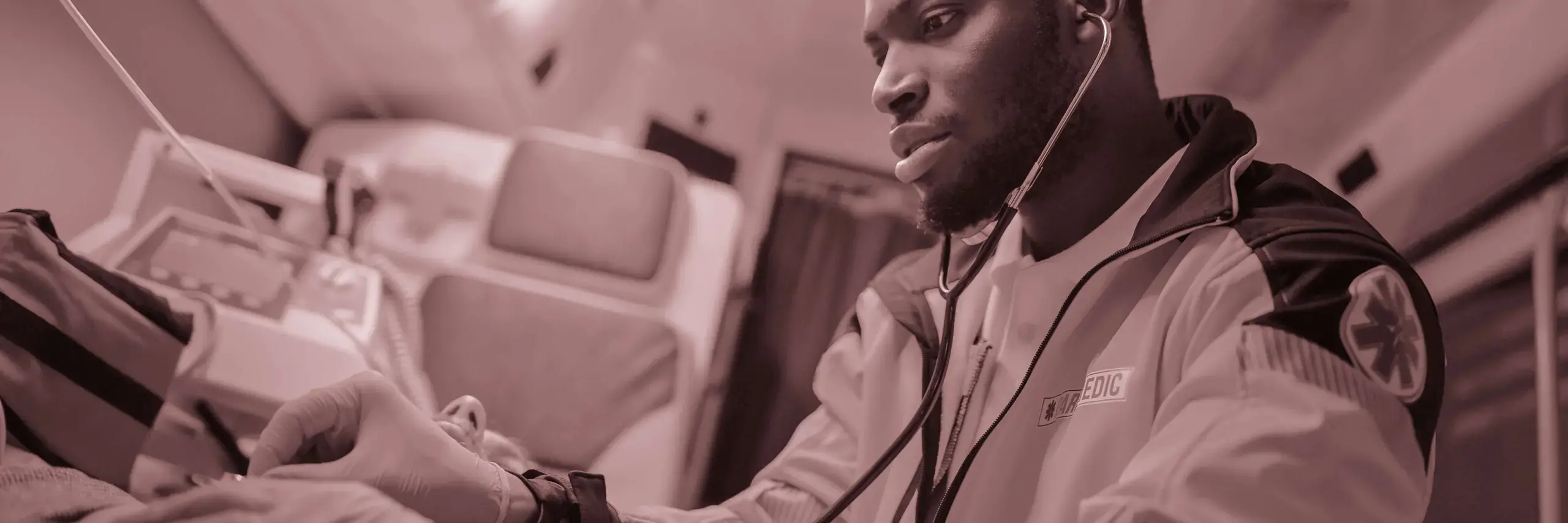Main content
The Bristol Inquiry - 20 years on
04 Aug 2021
2021 marks 20 years since the report of the public inquiry into children's heart surgery at the Bristol Royal Infirmary (BRI) 1984-1995, chaired by Professor Sir Ian Kennedy, was published.
As the Professional Standards Authority’s predecessor organisation (the Council for Healthcare and Regulatory Excellence) was created on the back of recommendations from the report we take a particular interest in the findings which in part focused on the regulatory failures which contributed to the issues identified at Bristol. The need for independent regulation was a key theme along with the need for greater coordination across regulatory bodies to avoid the ‘fragmentation and lack of clarity about responsibility for regulating the quality of healthcare’ which was a feature at Bristol.
We have recently responded to the Government consultation on long awaited reforms to the powers and governance of the nine healthcare professional regulators. In our communications on the reforms, we made the point that improvements made as a result of inquiries such as Bristol should be maintained and that there should be an appropriate balance of regulatory flexibility and accountability to maintain public protection. The proposal for a ‘duty to cooperate’ appeared to be a positive development. However, in our view proposals to allow regulators to shape their own operating procedures without any formal oversight could lead to further divergence and potentially make cooperation/coordination more challenging.
The Health and Care Bill
As we await the Government response to this consultation the Authority is turning its attention to wider developments, including the Health and Care Bill currently going through Parliament. Whilst the proposals relating to the NHS have inevitably hit the headlines, the Bill also includes powers for the Secretary of State to abolish healthcare professional regulators and to move professions out of statutory regulation if this is no longer required to protect the public.
This presents an opportunity to look more broadly at how the system of professional regulation is configured. The Authority has previously called for simplification and the current review by KPMG of the regulatory landscape will allow consideration of the key factors that could drive any change and inform any use of such powers by the Secretary of State. We will be outlining our thinking on these proposals in due course, however first and foremost we are of the view that patient safety must be the driver behind any change rather than simply considerations around cost effectiveness and efficiency.
As with the reforms to professional regulator powers it is worth reflecting on what effect these proposals may have on the problems identified by the Bristol Inquiry and in more recent inquiries and reviews. The Cumberlege Review identified a complex and fragmented system, and the Paterson Inquiry highlighted the risk of patient safety concerns falling between organisational boundaries and the need for more effective collaboration and for the system of regulation to ‘serve patient safety as the top priority’.
One of the potential benefits of simplifying the system is that this could promote easier interaction between professional regulation and the wider systems for keeping patients safe. The Authority has called for greater alignment between system and professional regulation including shared objectives to ensure a coherent approach. Although any change arising from the Bill may help, wider rationalisation of the regulatory system doesn’t currently appear to be on the table.
There have been many improvements since Bristol and far greater awareness of the need for effective cooperation and collaboration. Initiatives such as the Emerging Concerns protocol coordinated by the Care Quality Commission which facilitates sharing of information on emerging areas of risk are helping.
However, it remains a complex landscape with many problems still to be solved and the impact of recent policy developments yet to be felt. Plans for new powers for the Healthcare Safety Investigations Branch and proposals for a Patient Safety Commissioner for medicines and medical devices may add to this complexity depending on how they are introduced.
Looking to the future
With this in mind the Authority will be shifting its gaze to consider how we can address some of the problems arising from the complexity of the system and the organisational barriers which continue to lead to failures in patient safety. This will include a new project Bridging the Gap to look at how to improve data and information-sharing across regulators to try to improve patient safety outcomes.
As we move forward, we continue to see value in looking back to ensure that we learn from the past as we try to find ways to promote cooperation, clarity and coherence for the benefit of everyone using and working in health and care.
Related material
- Find out more about our thoughts on the recent consultation on reforming regulation
- Read What has been achieved in professional regulation?
- Read our timeline on key milestones in reforming regulation over the last 20 years



